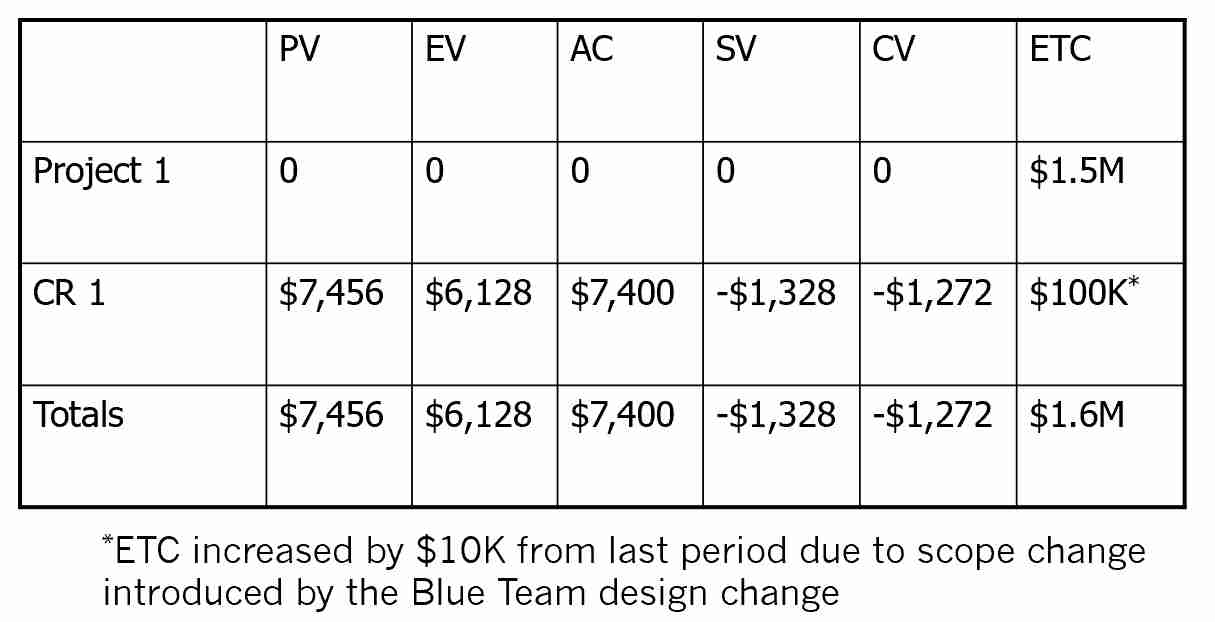
Last week we looked at the basic principles and formulas surrounding Earned Value Management. While the full practice of EVM may be very complex, it also provides a simple way to update clients on the status of smaller projects. But before we look at the "how", let's take a look at the "how often".
The frequency will actually depend on many things, but I recommend you start with once a week. If a month passes by and there's a problem, it's usually too late to do anything about it. Once a week allows you to keep closer track of expenditures and invoices. Once a week also lets the client see the progress. You can always skip reporting for a week if you didn't work on the project, but you still need to follow up on tracking of expenditures and invoices. I usually log expenditures, invoices, and payments to see the full project picture.
Your weekly report to clients needs to contain the basics of cost and schedule variance, plus an estimate of the remaining expenses. Knowing the cost and schedule indices isn't necessarily of interest to a client, but its useful information to determine project health. Rather than include it, you might use it in a formula to color code the information. The basic format I've used for clients is:

Note that each project and change request is listed separately. The client clearly sees the weekly progress of what was projected vs. the actual expenditures. At the start of the status reporting, I include an explanation of what each column means. A simple footnote under the table explains any significant deviations. Whenever I used this format for client projects, I never had issues getting the client to pay the bill. They clearly saw what was happening from week-to-week -- there were no surprises.
You might improve upon this slightly by color coding based on the indices. Anything around 1.0 is good. Anything too large may be too good to be true and anything less than .9 may indicate an issue that needs to be addressed. You can decide the actual performance based on how tightly you need to control the project.
So to recap, last week we looked at the basic Earned Value formulas. This week we looked at a very simple way to apply the formulas and report the data. Next time we'll take a look at how to apply the data in a meaningful way to manage projects.
Subscribe for Our Project Management Resources, Best Practices, and Tips
Confirm your subscription to receive an email with immediate download access to Project Manager's Resources, a valuable list of books and web sites.
Get the latest tips and updates sent directly to your inbox monthly.
We hate SPAM. We will never sell your information, for any reason.
